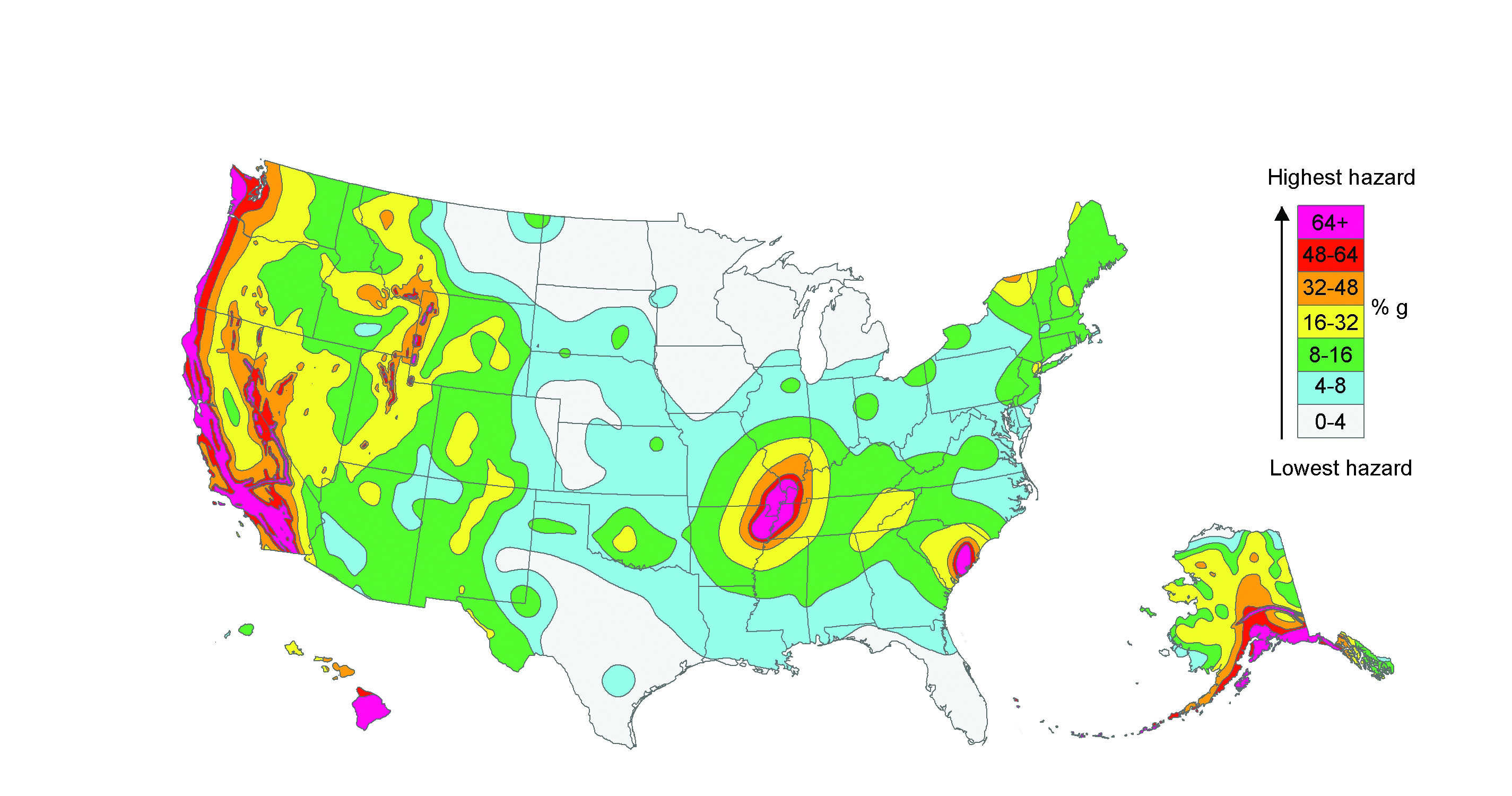
Wood is a proven choice for seismic-resistive construction. Earthquakes cannot be prevented but sound design and construction based on research and compliance with building code requirements can reduce their effects. The relative good performance of wood buildings is often attributed to the following characteristics: lightweight, ductile connections and redundant load paths.
By the end of the course, you should be able to do the following:
- Discuss seismic-resistive design requirements for wood-frame buildings with a focus on compliance with the 2015 IBC and ASCE 7-10.
- Explain the analysis procedure commonly used for determining seismic design loads of wood-frame buildings in the U.S.
- Describe the two most common wood-frame seismic force-resisting systems.
- Describe the role of structural configuration and redundancy in seismic design.
Course Type: Article
Featured Course: No
Learning Hours: 1
AIA Course #: TWRE62310
AIA Credit (LU/HSW): 1
AIA Session #: 1
AIA Provider #: 501110112
AIA Expiration Date: June 21, 2026
Provider: Think Wood
Credits: AIA LU/HSW
